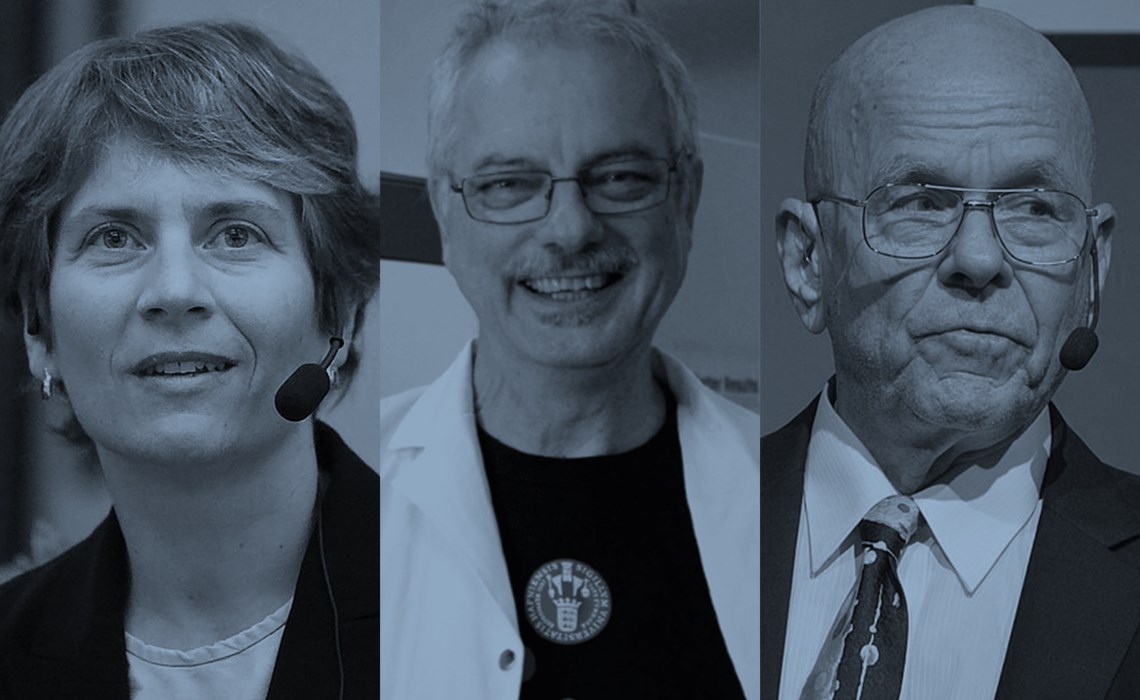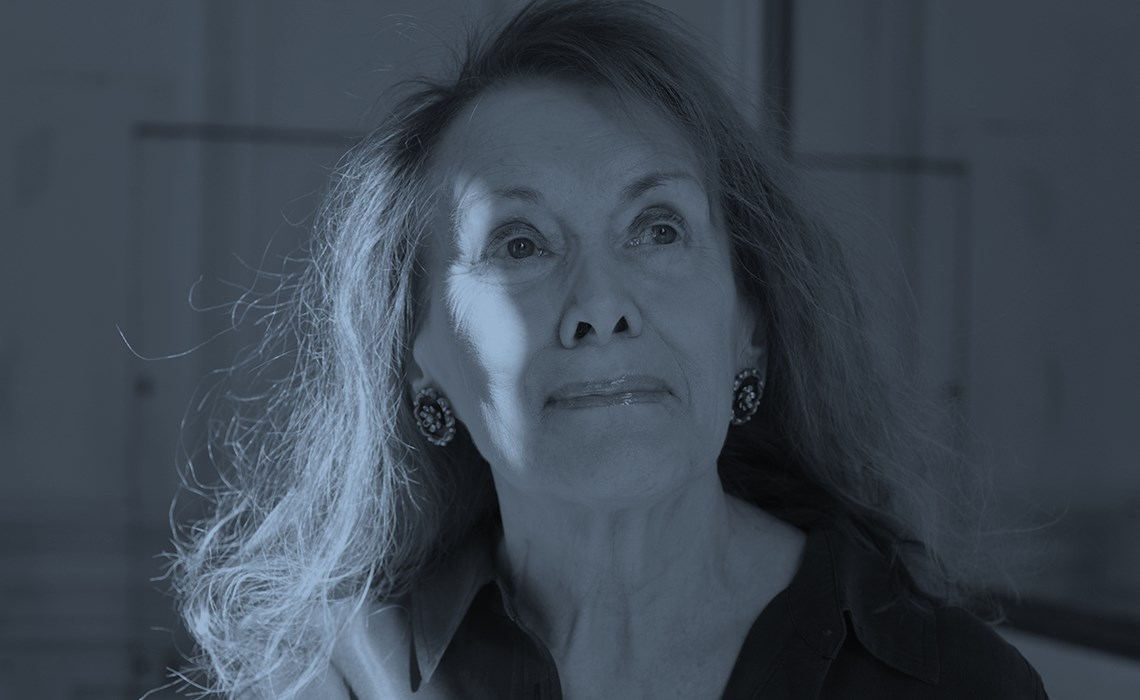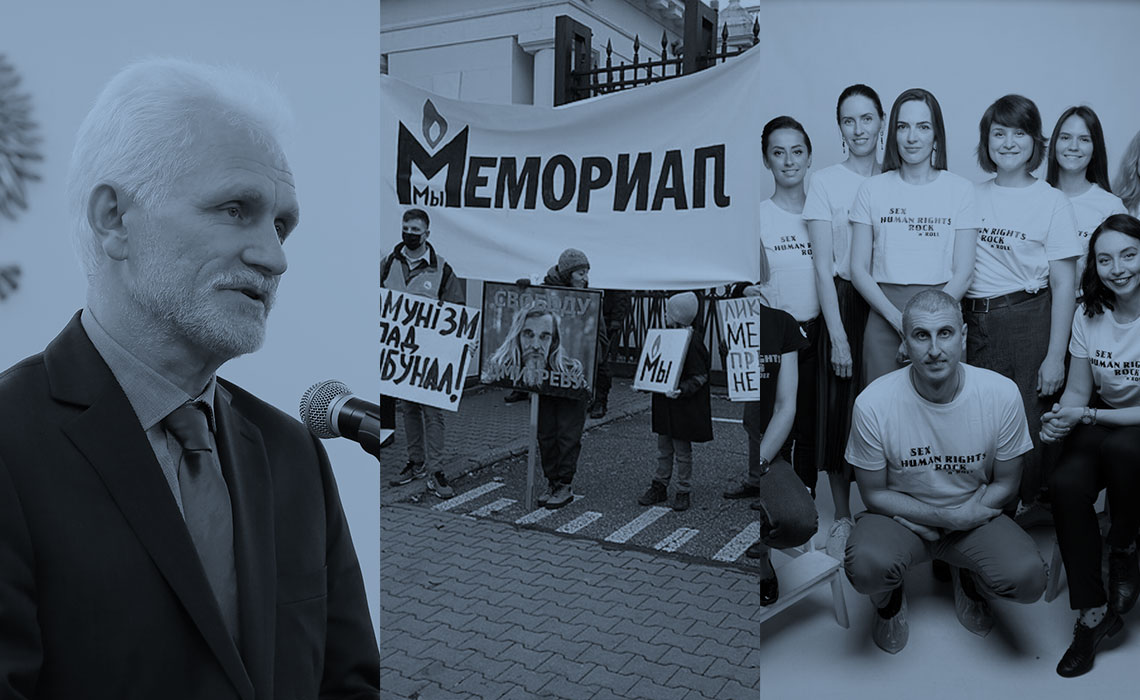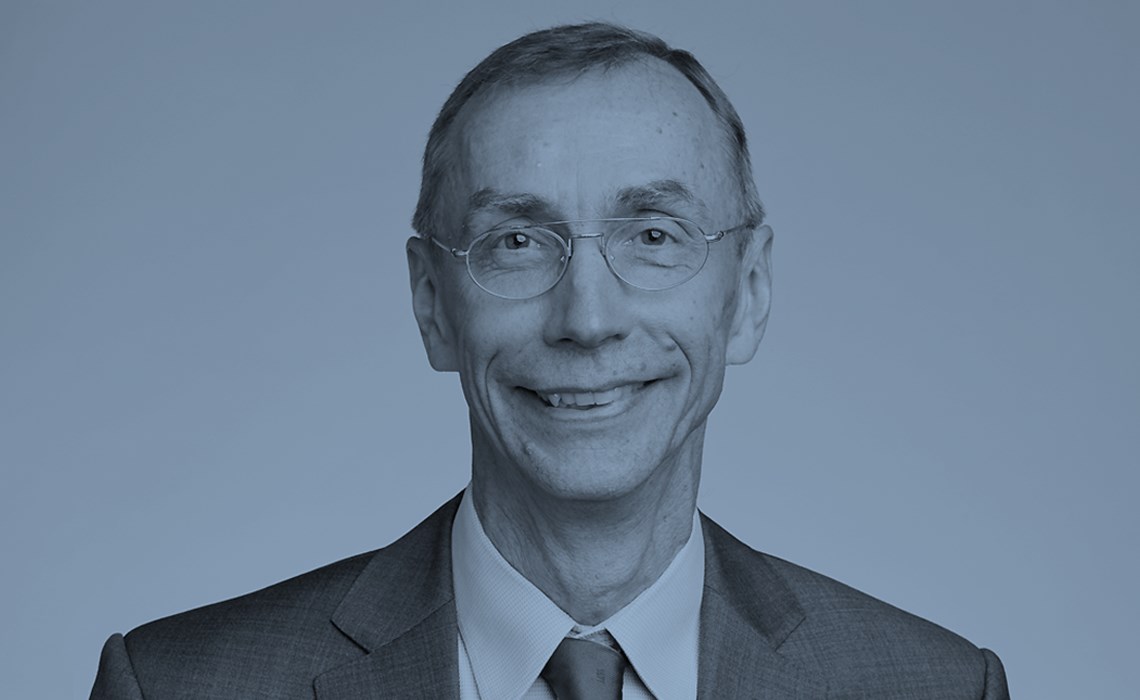Early October saw the announcement of this year’s recipients of the Nobel Prize, one of the world’s most prestigious scientific honors. And as has been the case since 1901, men were an absolute majority of laureates. Twelve individuals and two organizations received the prize in 2022. Only two of them were women: American chemist Carolyn Bertozzi and French writer Annie Ernaux. The Swedish chemist Alfred Nobel (1833–1896), the inventor of dynamite, bequeathed most of his fortune to establishing the Prize, initially with five categories: Physics, Chemistry, Literature, Peace, and Medicine or Physiology. In 1968 the Swedish Central Bank established a prize in Economic Sciences. Nobel Prizes across the six categories have been awarded to 989 laureates, including 954 individuals and 27 organizations. Only five individuals have received the prize more than once. One of them is American chemist Karl Barry Sharpless, who received his second accolade this year. The Nobel Prize in each field is worth 10 million Swedish kronor (R$4.8 million).
Medicine or physiology
Announced on October 3, this year’s Nobel Prize in Medicine or Physiology went to 67-year-old Swedish geneticist Svante Pääbo, director of the Department of Genetics at the Max Planck Institute for Evolutionary Anthropology in Leipzig, Germany, and a lecturer at the Okinawa Institute of Science and Technology, Japan. He received the prize for having developed strategies for extracting and sequencing genetic material (DNA) from archaic human specimens and for his discoveries about human evolution.
Pääbo’s research made it possible to analyze genetic material from Neanderthals (Homo neanderthalensis), a close relative of modern humans (Homo sapiens) that went extinct around 30,000 years ago. It also led to the discovery of a new and also extinct species of early hominid, tentatively called Denisovans. By reconstructing and examining the genetic information of these species, Pääbo helped to establish paleogenomics, an entirely new field of science that is providing insight into how the three species interacted and spread around the world, and passed certain genes on to modern humans.
Himself the son of researchers, Pääbo was born in 1955 from an extramarital affair. His mother, Estonian Karin Pääbo (1925–2007), was a chemist and laboratory assistant to his father, biochemist Karl Sune Bergström (1916–2004), who won the 1982 Nobel Prize in Medicine or Physiology.
Research by Pääbo’s group supported the idea that neanderthals and humans were separate species
The Swedish geneticist began developing methods for studying ancient DNA when on a postdoctoral internship at the University of California at Berkeley. In some of his early work, Pääbo retrieved and analyzed genetic material from thousands-of-years-old Egyptian mummies. In subsequent analyses, however, he found that some of the samples had been contaminated by modern DNA, forcing him to retract his papers.
The setback did not deter him from continuing his work, and in 1997 came a breakthrough. In a paper published in Cell, Pääbo reported he had successfully sequenced a small fraction of genetic material—mitochondrial DNA, found in structures on the periphery of cells—from a Neanderthal skeleton discovered in 1856 in Germany. His analysis supported the hypothesis that Neanderthals were part of a separate species from humans.
Almost a decade later, after perfecting their methods, Pääbo’s group presented a nearly complete genome of Homo neanderthalensis in a 2010 paper in Science. That same year, in an article in Nature, he and his colleagues described what appeared to be a new archaic human species: the Denisovans. Genetic material extracted from a hand bone found in the Denisova cave, in southwest Siberia, indicated that the individual, who lived between 48,000 and 30,000 years ago, belonged to an unknown species of the genus Homo.
Research done by the Max Planck team showed that the three species coexisted for tens of thousands of years and even interbred, which is why native peoples in Europe, Asia, and the Americas have from 1% to 4% Neanderthal DNA, while those from East Asia carry up to 6% Denisova DNA.
Physics
The Physics prize was shared by three researchers: American John Clauser, 79, who today runs his own company in California; French Alain Aspect, 75, an alumnus of Université Paris-Saclay and Ecole Polytechnique; and Austrian Anton Zeilinger, 77, from the University of Vienna. Research led by the three physicists since the 1970s has built the experimental foundation for understanding and, to a certain extent, controlling one of the most surprising properties of quantum mechanics: the entangled states of particles.
Particle entanglement is counterintuitive in the world of classical physics. But it can clear the way for new technologies for storing, processing, and transmitting information, such as quantum computers, quantum networks, and secure quantum encrypted communication. Referred to by the German physicist Albert Einstein (1879–1955) as “spooky action at a distance,” entanglement causes two or more particles to exist in a kind of shared state: what happens to one particle in an entangled pair determines what happens to the other, even if they are separated by vast distances.

The Royal Society / Wikimedia Commons | Wikimedia Commons | Jaqueline Godany / Wikimedia CommonsLeft to right: Aspect, Clauser, and ZeilingerThe Royal Society / Wikimedia Commons | Wikimedia Commons | Jaqueline Godany / Wikimedia Commons
There is, however, a limitation to this arrangement. It is not possible to determine the properties of each entangled particle, but only those of the overall system. Physicists sometimes compare a pair of entangled particles to a system of two entangled dice. Because they are linked to each other, when rolled the two dice will always land on the same combined result: such as the sum of their values being eight. One can know beforehand the combined outcome from the system, but not which of the possible combinations (e.g., six and two, five and three, or four and four) will come up. But because the dice are entangled, when the value of one is known, the value of the other can be deduced.
For decades, explaining entanglement posed a challenge for quantum mechanics—a theory in physics that describes the behavior of light and matter at the atomic level. One possibility was that the entangled particles had local hidden variables (instructions not visible to the observer that cause them to yield a certain outcome in experiments). In this case the value of the particles is predetermined, but not known.
In the 1960s, Northern Irish theoretical physicist John Bell (1928–1990) developed a mathematical model that became known as Bell’s theorem or the Bell inequality. He conjectured that, if there were hidden variables, the correlations exhibited by particles could never exceed a certain value in a large number of experiments. However, quantum mechanics predicted that some experiments should violate the Bell inequality, as they would exhibit such a strong correlation that it could only be explained by an effect such as entanglement.
In 1972, Clauser demonstrated a violation of Bell’s inequality in a system with two entangled photons. Aspect later improved on this system. In 1997, Zeilinger achieved a remarkable feat: he performed the first quantum teleportation experiment in which the properties of a particle that was part of an originally entangled pair were transferred to a third particle.
Chemistry
Two Americans and a Dane shared the prize in chemistry for developing techniques that make molecular building blocks “snap together” quickly and efficiently. Karl Barry Sharpless, 81, from the Scripps Research Institute in La Jolla, US, and Morten Peter Meldal, 68, at the University of Copenhagen, Denmark, in 2001 laid the foundations for click chemistry, a technique whereby interacting molecules come together in a snap, like Lego blocks clicking together. Carolyn Ruth Bertozzi, 55, from Stanford University, invented bioorthogonal chemistry in 2004, which built on the principles of click chemistry to promote chemical reactions with specific molecules in living organisms. These reactions can be used to track cells and the movement of biomolecules, and are employed to improve the effectiveness of drugs against cancer, inflammation, and viral diseases such as Covid-19.

Armin Kübelbeck, CC-BY-SA, Wikimedia Commons | Universidade de Copenhague / Wikimedia Commons | Bengt Oberger / Wikimedia CommonsBertozzi, Meldal, and Sharpless: the three winners of the Nobel Prize in ChemistryArmin Kübelbeck, CC-BY-SA, Wikimedia Commons | Universidade de Copenhague / Wikimedia Commons | Bengt Oberger / Wikimedia Commons
Sharpless had already received a Nobel Prize in Chemistry in 2001 for developing methods to make chiral molecules. These molecules have an identical chemical composition but mirrored structure, and can produce mutually different effects inside cells. He is only the fifth person in history to win a Nobel twice since the Prize was established in 1901, and the second to win a Nobel in chemistry twice. Also in 2001, Sharpless coined the term “click chemistry” to designate reactions that occur quickly and avoid unwanted by-products.
The chemistry Nobel winners developed techniques that make molecular building blocks “snap together” quickly
In 2001 and 2002, Meldal and Sharpless independently discovered a reaction known as copper-catalyzed azide-alkyne cycloaddition, the cornerstone of click chemistry. Two families of compounds are involved in the reaction: alkynes (such as acetylene gas), consisting of two carbon atoms connected by a triple bond; and azides, consisting of three nitrogen atoms joined by a triple bond. Bertozzi replaced copper with alkynes made up of eight carbon atoms to prevent cell damage.
Literature
At the age of 82, French writer Annie Ernaux was selected to receive the 2022 Nobel Prize in Literature “for the courage and clinical acuity with which she uncovered the roots, estrangements, and collective restraints of personal memory” and for examining “a life marked by strong disparities regarding gender, language, and class,” as announced in a press release from the Royal Swedish Academy of Sciences. A retired university professor of literature, she is now the 17th woman (the first from her country) to win the accolade.

Catherine Hélie GallimardErnaux, who won the prize in literature, has had some of her books published in BrazilCatherine Hélie Gallimard
Ernaux has written about 20 books, four published in Brazil by Fósforo Editora. Born in 1940 in Lillebonne, she studied at the University of Rouen Normandy and worked as a professor of literature at the National Center for Distance Education (CNED) for over 30 years. Her books now widely regarded as “modern classics” in France, in 2017 she received the Marguerite Yourcenar Award for Lifetime Achievement. She published her first novel, Les armoires vides, in 1974, which was published in English in 1990 as Cleaned Out. But her claim to fame came in 2008 with Les Années (published in English in 2017 as The Years). In this autobiographical work, she recounts episodes of her life and the historical events that surrounded them, such as the student riots in May 1968. In L’Evénement (2000; Happening, 2001), she describes the ordeal she went through to have an abortion in 1963, when it was illegal in France. In La Place (1983; A Man’s Place, 1992), she deals with her formative years and her conflicting relationships with her parents, who came from working-class and peasant backgrounds; and in La honte (1996; Shame, 1998) she recounts her father’s attempt to kill her mother when she was 12 years old.
Economics
Three Americans were awarded the 2022 Nobel Prize in Economics for their contributions to understanding the role of banks in the economy, particularly during financial crises. The three winners are: Ben Bernanke, 68, who chaired the US Federal Reserve (Fed) during the global financial crisis that followed the collapse of Lehman Brothers in 2008; Douglas Diamond, 68, a professor at the University of Chicago; and Philip Dybvig, 67, at the University of Washington. “The laureates have provided a foundation for our modern understanding of why banks are needed, why they’re vulnerable, and what to do about it,” said John Hassler, an economist at the Institute for International Economic Studies at Stockholm University and a member of the prize committee.

Medill DC / Wikimedia Commons | The University of Chicago | Washington University in St. LouisBernanke, Diamond, and Dybvig, the winners of the Nobel Prize in EconomicsMedill DC / Wikimedia Commons | The University of Chicago | Washington University in St. Louis
The papers that earned them the Nobel Prize were published almost four decades ago. In 1983, Bernanke wrote a paper that broke ground in explaining that bank failures can propagate a financial crisis rather than simply be a result of the crisis. Diamond and Dybvig wrote an article in the Journal of Political Economy in 1983, in which they formulated theoretical models to explore the role banks play in the economy and why they are vulnerable to bank runs.
Peace
In a year marked by Russia’s invasion of Ukraine, the biggest war in Europe since World War II (1939–1945), the Royal Swedish Academy of Sciences has awarded the Nobel Peace Prize to a human rights activist and two European human rights organizations: Belarusian Ales Bialiatski, 60, the Russian human rights organization Memorial, and the Ukrainian human rights organization Center for Civil Liberties.

Michał Józefaciuk / Wikimedia Commons | Tomasz Molina / Wikimedia Commons | Okunev / Cortesia Center of Civil LibertiesBialiatski and members of Memorial and the Center for Civil LibertiesMichał Józefaciuk / Wikimedia Commons | Tomasz Molina / Wikimedia Commons | Okunev / Cortesia Center of Civil Liberties
Bialiatski is a combative human rights advocate in his home country of Belarus, an autocracy ruled for 28 years by Alexander Lukashenko. He was one of the initiators of the democracy movement that emerged in Belarus in the 1980s, and in 1996 he founded Viasna (Spring), one of Belarus’s most prominent human rights organizations. Following large-scale demonstrations against the regime in 2020, he was arrested and remains incarcerated without trial.
The Nobel peace prize recognized efforts to document war crimes and human rights violations
The Moscow-based organization Memorial was founded at the end of the communist regime. After the collapse of the Soviet Union in 1991, the organization created a center of documentation on the horrors experienced by Russians under Josef Stalin (1878–1953) and, in recent years, has compiled and systematized information on political oppression and human rights violations in Russia. The third recipient is the Ukrainian human rights organization Center for Civil Liberties, founded in 2007. Since the Russian invasion earlier this year, the organization has worked to identify and document war crimes committed by Russian forces.
Republish